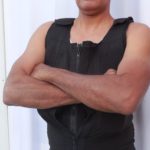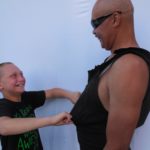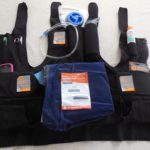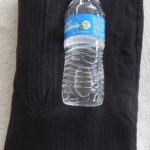Company:
Significant Difference LLC New Holland, PA
Project Details
Engineer Name 1
Eva Osborne
Engineer Company 1
Significant Difference, LLC
Project Manager Name
Pat Snoke
Project Manager Company
Significant Difference, LLC
Please describe the project specifications
LoadCarriage.zip was a collaborative project using engineered elastomeric yarns and jacquard design to produce a Load Carriage Vest. The concept uses woven compression technology to address the carriage position by compressing the mass to the ‘body core’ and providing ‘multi-sized pockets’ for alternative weight distribution. The 20 consecutive modulus patterns are created with 72 million interlacings in a 90 inch vertical repeat. The polyester/nylon/spandex garment has 32 front pockets and 16 back pockets accommodating 300% horizontal stretch and 20% vertical stretch. Loads up to 32 kg have been tested. Front closure donning provides access via four-way separating zippers and triglides. Hook and loop structures are added to the shoulders for length adjustment.
What was the purpose of this project? What did the client request?
Humans haul all kinds of ‘stuff’ around: tool stuff, food stuff, hobby stuff, sports stuff, school stuff…. The term used to describe stuff hauling is Load Carriage. There is a plethora of research analyzing injury, pain and costs of load carriage. The research findings are conclusive: humans are not pack animals. The research findings also indicate two key attributes considered essential for emulating pack animal capacity: get the stuff (weight) closer to the center of gravity and allow for alternative placement (balance). By better managing mass we can improve posture, stability, and mobility thereby reducing injury, pain and costs.
What is unique or complex about the project?
An alternative for managing mass is compression. Shapewear manages mass using knitted compression. LoadCarriage.zip manages mass by using woven compression. The entire vest is manufactured on a jacquard-electronic loom, weaving four seamless layers simultaneously. The only sewn parts are the addition of components. While it is an example of the near limitless patterning now available with electronic jacquard technology, the true advantage is material science. The integration of stretch and rigid yarns in shifted arrays results in a leap in functional design. The woven joining techniques, the patterned tensile/tear resistance and the mapping of multi-variable weave modulus result in a compression load carriage product that cannot be constructed with traditional cut and sew operations.
What were the results of the project?
The design of this Load Carriage System allows for a neutral posture; eliminating the posterior shift that contributes to pain and injury. The woven compression brings the weight into intimate contact with the center of gravity; lessening the stress and supporting muscle tissue. Compression also reduces the jiggle/ water balloon factors of both liquids and solid particles. Alternative mass placement can be maximized with the variable size pockets improving balance, space use, and mobility. The seamless joining techniques increase tensile/tear strengths equal to the fabric tensile/tear strengths. During one wear trial we loaded out a vest to 23 kg which was worn for 7 hours daily. The activities included a 3 mile hike in red shell beach sand. The 60 year old female test participant reported no increase in stress or fatigue. A Yak can carry 300 kg through the mountains without stress or fatigue. The challenge is to improve capacity by being Brainy-Yaks, not by being pack animals.
Content is submitted by the participant. IFAI is not responsible for the content descriptions of the IAA award winners.
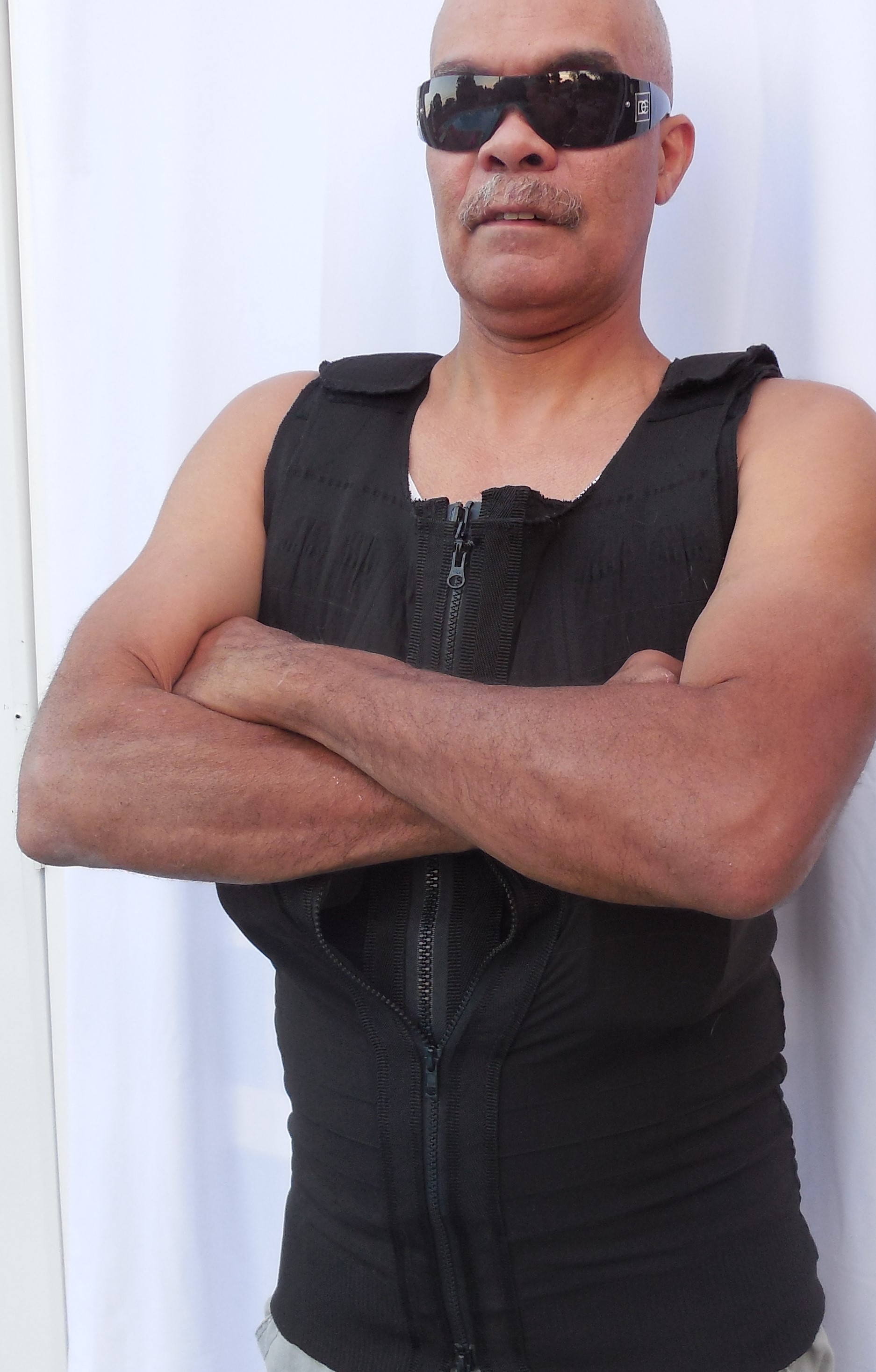
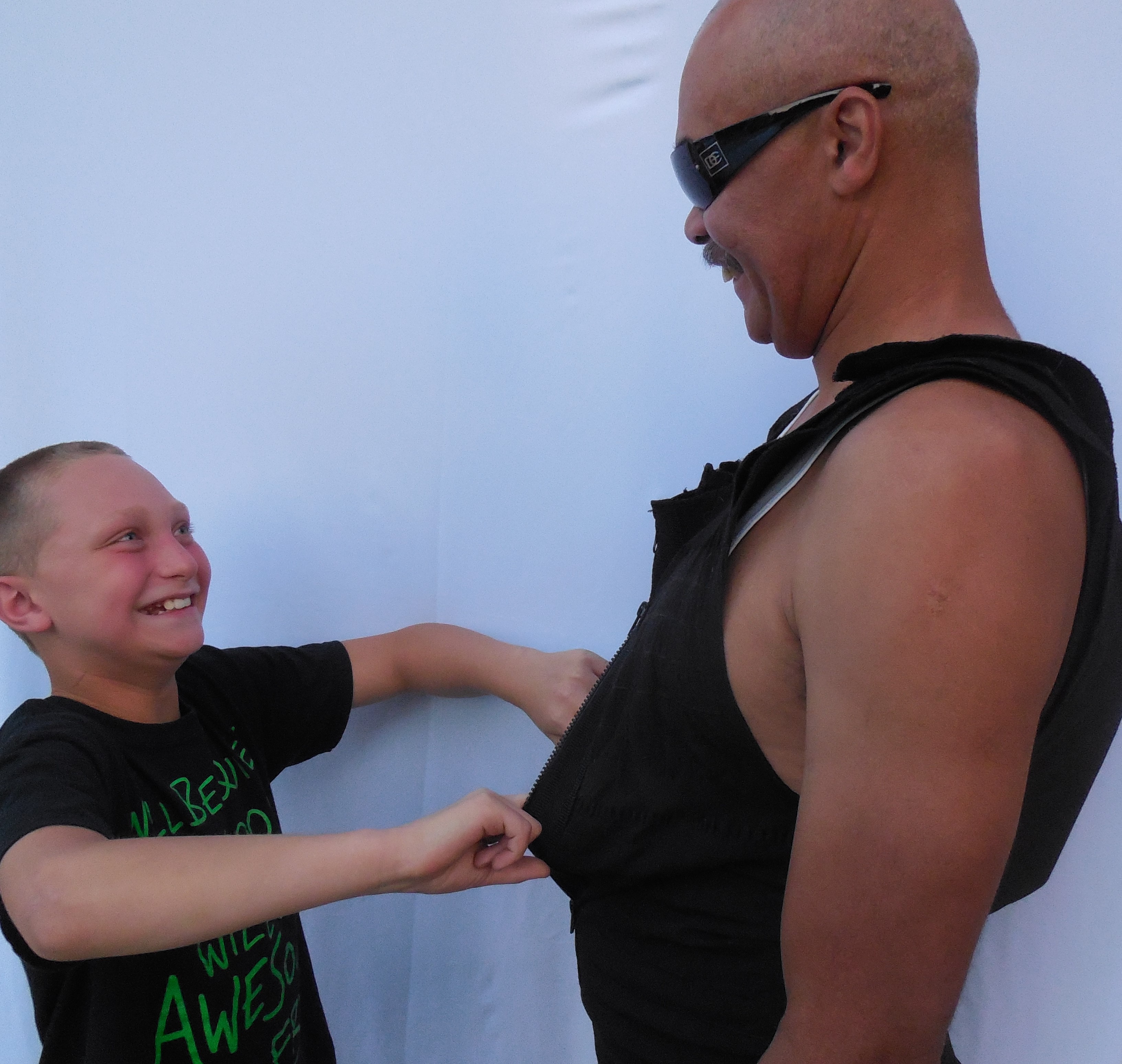
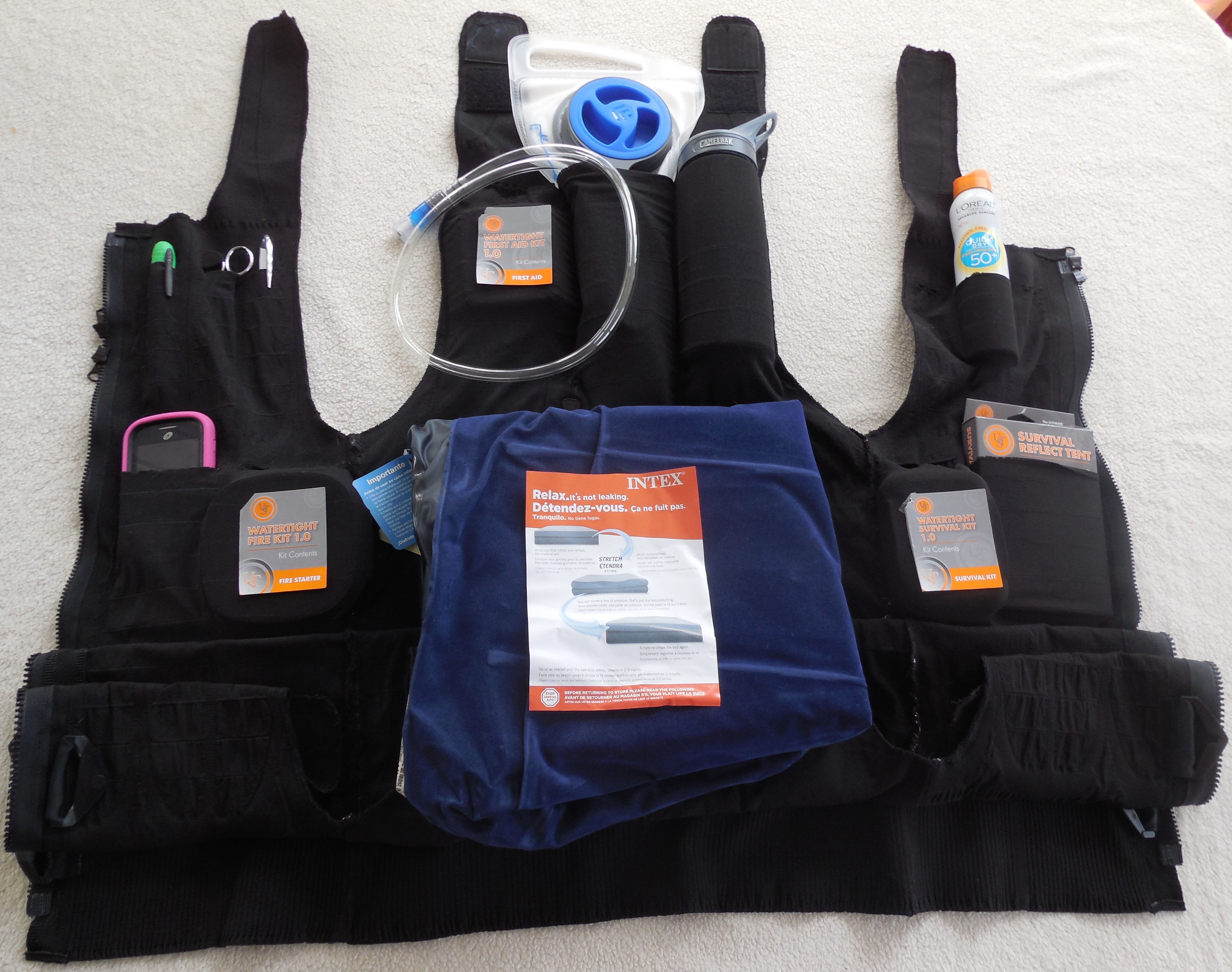
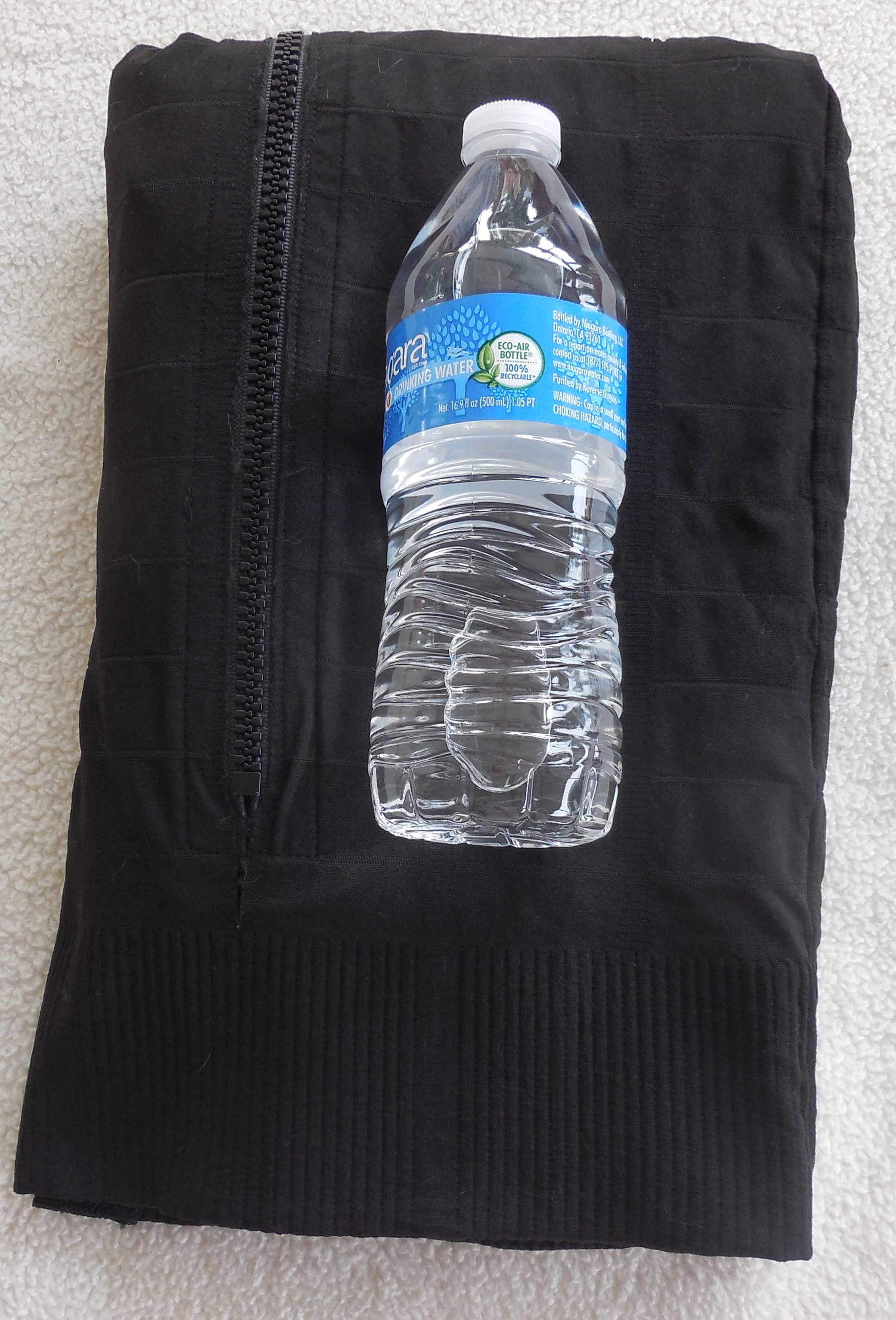
 TEXTILES.ORG
TEXTILES.ORG



